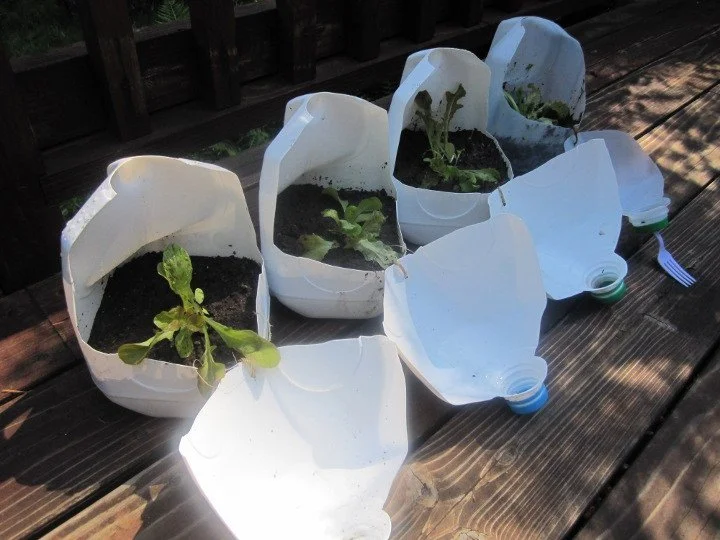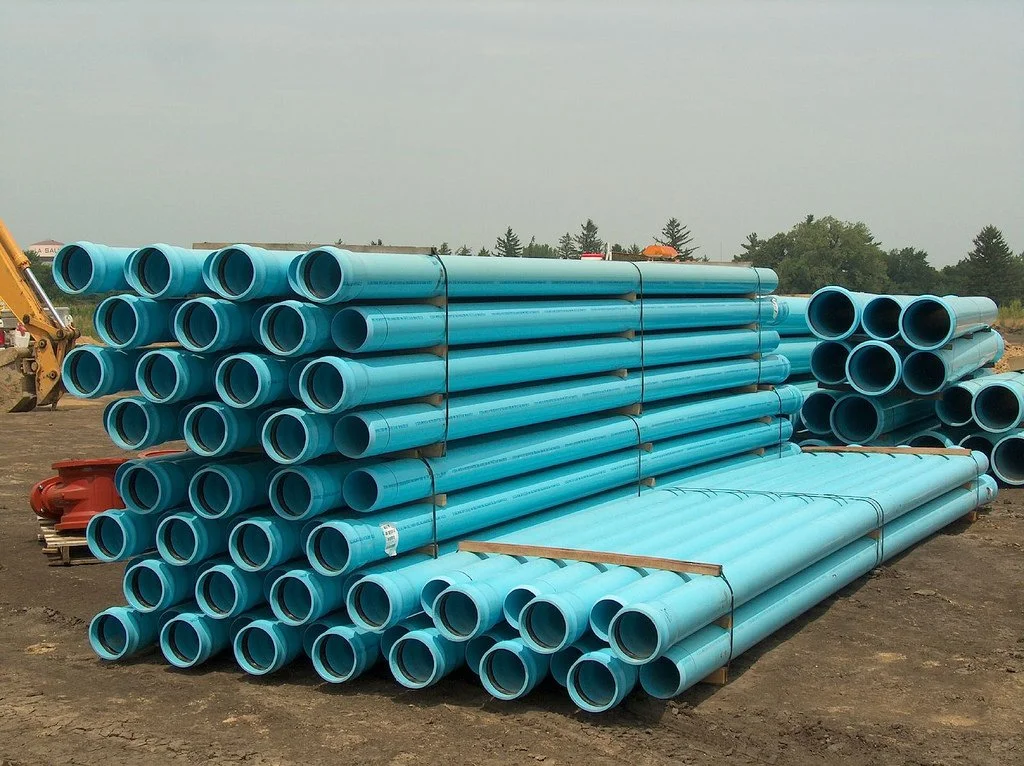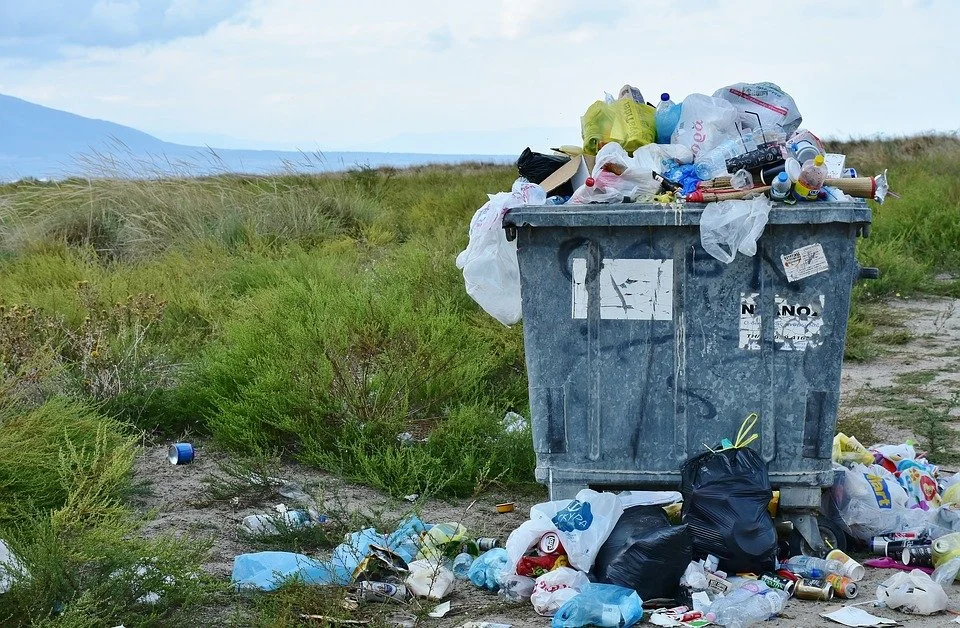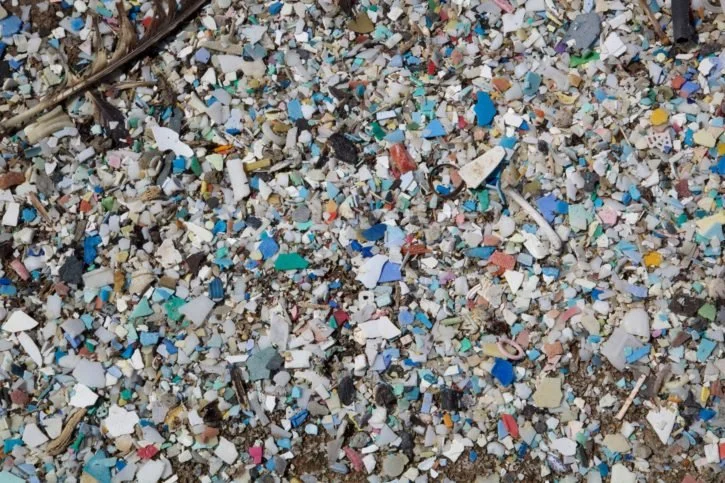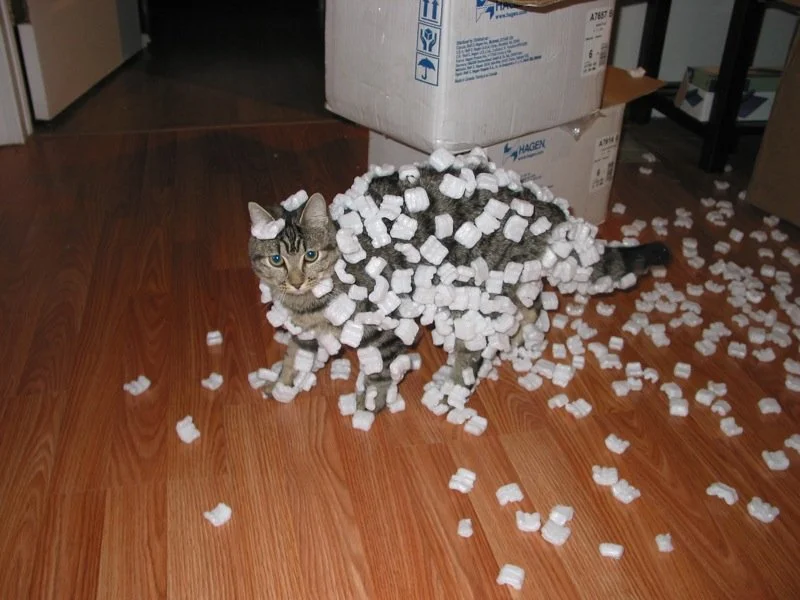The 7 Different Types of Plastics: How to Identify Plastics By Their Label
Many people do not understand the labeling on the products they are buying.
Do you know if they are recyclable are not? Where they come from and where they will wind up?
And what are the implications of living in this disposable world? For our health, and the health of our environment?
Check it out…
Let’s start by defining the numbers and letters within the triangles for recycling symbols:
#1 – (PETE OR PET) POLYETHYLENE TEREPHTHALATE
PET is a clear plastic you mostly see used to make clear bottles for water, soda, blah blah blah and so on…
It’s considered safe, but is prone to accumulate Biohazards in the form of certain bacteria. Which, if not dealt with properly, also makes it hard to recycle and potential hazardous to natural ecosystems!
When it is it is usually sold to China to make into clothing such as cheap fleece, carpeting and many other things that find their way to the landfill and again wind up in our ecosystems.
#2 – HIGH-DENSITY POLYETHYLENE
For the most part High-Density Polyethylene is opaque, most commonly found as milk jugs, household cleaning containers, motor oil, detergent, margarine containers, and almost any other food product container.
This plastic is thought to be safe, and it’s picked up at most recycling curbside programs. But most of it makes its way into the dump due too residues and impurities, like food scraps. That does not make it cost effective to clean, as a recycling commodity! So again, most of this will wind up in the landfill or some other ecosystem.
It can be recycled into many things, including anything that low density polyethylene #4 can be turned into (see below).
#3 – VINYL (V) OR (PVC)
PVC is used for most of the piping bringing water to your house and garden. It is also used in wrapping your food in plastic food wrap.
You see it as plastic oil containers, which is not a good idea considering that it is known to contain very toxic pthalates, as well as DEHA (carcinogenic with long-term exposure)!
No recycling program is in place for it, but it can be reused for other things.
#4 – LOW-DENSITY POLYETHYLENE (LDPE)
The infamous grocery bag. And doggie poop bag, clothing, carpet, condiments, you name it!
This is one of the most disposable! With most of it finding its way into the landfill, or oceans, because of the ability to move within the wind and break down into smaller particles with UV and other elements. It has huge impacts on ecological systems, even though it is considered one of the “safe plastics,” because of low toxic leaching.
#5 – POLYPROPYLENE (PP)
Polypropylene has the potential to be recycled into usable products and is little safer as far as toxicity.
But still, it’s not widely accepted by most recycling programs, so it still finds its way into the dump. Or into natural ecosystems, in which it lasts unknown amounts of time… Becoming food for fish and ocean birds, etc. Still having gigantic ecological impacts and consequences because of the amounts produced with packaging, distribution, and its inability to break down.
#6 – POLYSTYRENE (PS)
This is what’s in our eco-surfboards, most of the Styrofoam packing, like Styrofoam peanuts and large material for TVs and appliances. It is recyclable with a re-densifyer
Also what comes from most of your local restaurants for to-go food, which makes it untouchable as a recycling commodity since it’s super expensive to clean containers covered in food waste, like oil! It is known for it’s inability to breakdown and has a huge impact because of toxicity and volume.
Most recycling facilities won’t touch it. It goes straight into the dump. It also poses health risks, leaching potentially toxic chemicals into the environment, and your food.
#7 – MISCELLANEOUS PLASTICS (WHO KNOWS?!)
All of the plastics and resin, petroleum-based materials that do not fit in the other six categories is labelled a “miscellaneous plastic.” For example, polycarbonate containing bisphenol-A (BPA).
Mostly toxic! And not accepted by recycling programs.
Fountain 5 gallon water jugs… not a good idea! The clothes you wear and many other things contain this, so try to be aware.
REDUCE, REUSE, RECYCLE
We hope that this article will help you be a bit more informed on what you’re purchasing. And in closing, we’re reminding you of that catchy slogan: Reduce, Reuse, Recycle.
Note that RECYCLE is the very LAST step in there…
Step one is to REDUCE! Meaning to buy less in general. And when you do have to buy…
Buy things that are not wrapped in plastic.
Buy things that were pre-owned (e.g., from a thrift store, from craigslist, from a friend) so that it’s not packaged at all.
Buy things that are durable and will last for years.
Buy things that you really love and that bring you joy.
And remember as a first option: to bring your own (cup, silverware, snacks…), make your own (beauty products, clothes, art…), borrow, repair, grow your own…
It’s fun, empowering, inspiring, and it feels good!



